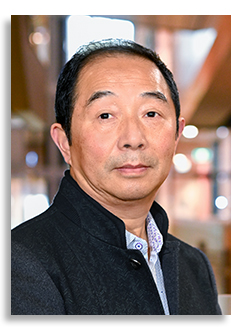
Click image for HiRes
Abstract
Halide perovskites have emerged as promising materials for high-performance photovoltaics and optoelectronics. However, the underlying photophysical mechanisms remain poorly understood. We propose a new theory — the Lattice Energy Reservoir (LER) —as the fundamental origin of the superior optoelectronic properties observed in halide perovskites. These non-uniformly localized LERs introduce unique energy micro-recycle of hot phonon injection to LER- energy storage of lattice deformation as phonon cavity-subgap carrier upconversion driven by LER; which exerts comprehensive influence over carrier dynamics, affecting processes such as hot carrier cooling, carrier recombination, and ultra-slow relaxation effects. Ultimately, LERs are responsible for the exceptional performance of perovskite-based solar cells and photonic devices.
We propose a revolutionary photovoltaic concept based on the Lattice Energy Reservoir (LER) theory—the Lattice Battery Solar Cell (LBSC) —which recycles hot phonon energy to enable subgap carrier upconversion. LBSC inherently eliminates two major energy loss mechanisms in conventional solar cells: hot phonon loss from hot carriers and the non-absorption of sub-bandgap solar photons. As a result, it can theoretically achieve a power conversion efficiency exceeding 70%. Crucially, the stored hot phonon energy can be fed back into the conduction band, thereby suppressing the formation of mobile ions and addressing the root cause of instability. LBSC satisfies the 'golden triangle' of solar cell performance—efficiency, stability, and cost—offering strong potential for competitive commercialization.
Click here to see all available video seminars.
Click here to go to the SPREE HOMEPAGE.
Brief Bio
Dr Wen Xiaoming is awarded bachelor’s and master’s degree from Zhejiang University, and PhD from Swinburne University of Technology, Australia
in 2007. He has worked at the University of Melbourne, University of New South Wales, Swinburne University of technology and Academia Sinica in Taiwan on ultrafast spectroscopy, photovoltaics and photophysics of advanced materials. He is currently a senior researcher and research leader at RMIT University, focusing on the photophysics of perovskites and photovoltaic applications.
